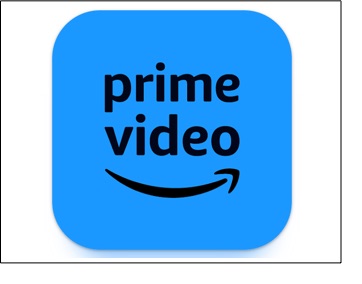I just agreed to pay $2.99 more a month so that my Amazon Prime video would have no advertising.
A behavioral economist would have something to say about my decision. It all relates to defaults and loss aversion.
Ad-Free Streaming
During September, Amazon Prime told us we would pay for ad-free content. If we keep our current subscription, then we will see ads. If not, for $2.99, there will be no ads. This week, the launch began in the U.S., U.K., Germany, and Canada with France, Italy, Spain, Mexico and Australia soon to follow. They could wind up with 159 million ad viewers.
Meanwhile, having begun more than. a year ago, Netflix followed a slightly different path. But here, we can keep our current ad-free deal or get ads for less.
Our initial decisions just differ. If we keep our current Amazon subscription we have ads. However, retaining what we have with Netflix, we avoid ads. With both, ad-free has a cost.
Our Bottom Line: Defaults and Loss Aversion
As behavioral economists, we could say that we have incentives nudging us in opposite directions. Because any default option requires that we do nothing, it is powerful. As a result, with Amazon it could be tempting to remain with ads. Then, the potency of loss aversion also tilts us toward the status quo. After all, eliminating ads is $2.99 a month or almost $36 a year. But, we could ask why millions like me were not tempted by the lure of the default and loss aversion. The answer again is loss aversion. Here though, we are affected by a loss of viewing pleasure strong enough to make us ignore the default option.
Somewhat different, the Netflix default is to retain ad-free. Easier than opting for ads, many of us might make that choice.
In summary, just like there is no free lunch, ad-free is never free.
My sources and more: Most of today’s facts on the ad subscription deals came from WSJ. Then, Nobel laureate Daniel Kahneman’s Thinking Fast and Slow was the perfect complement for the behavioral economics perspective.
Related
Publisher: Source link











